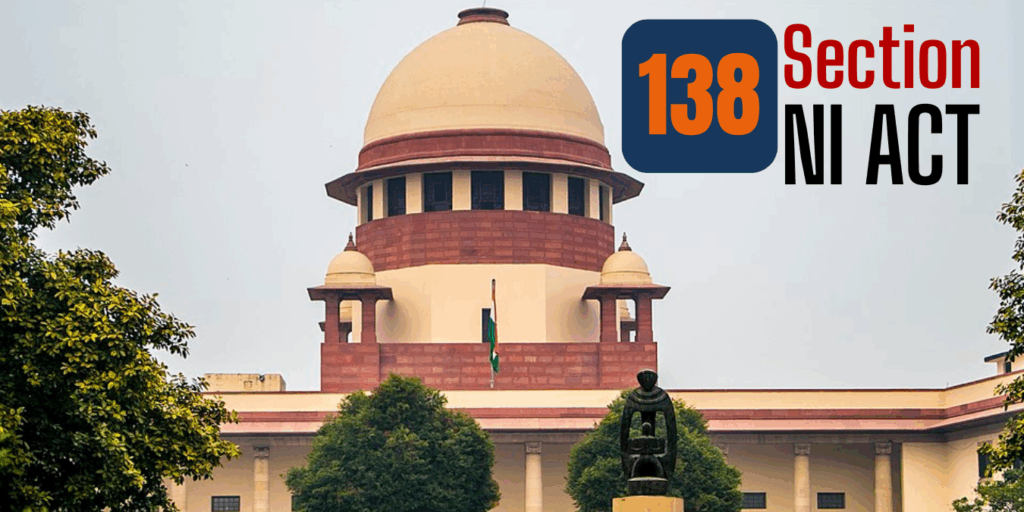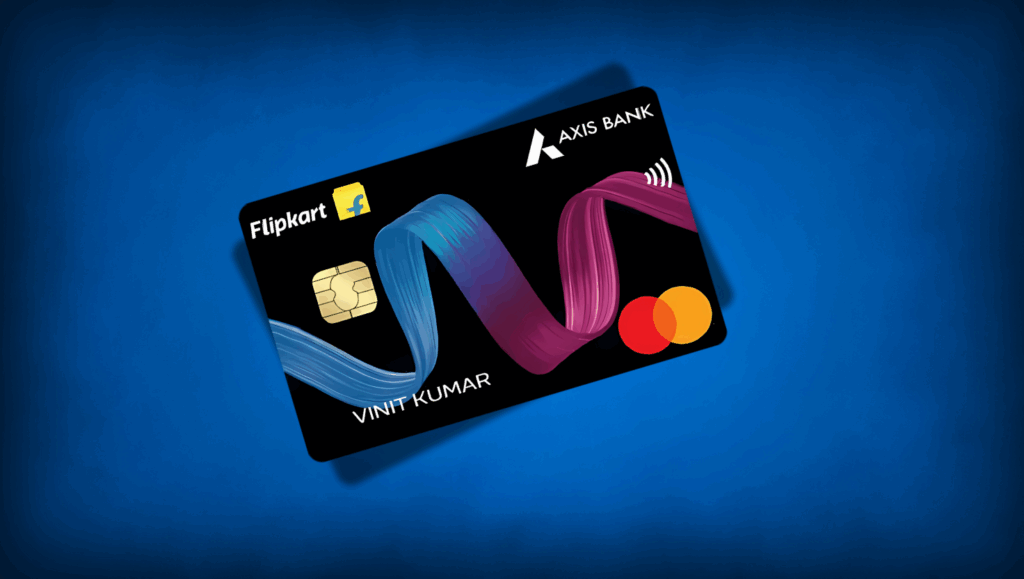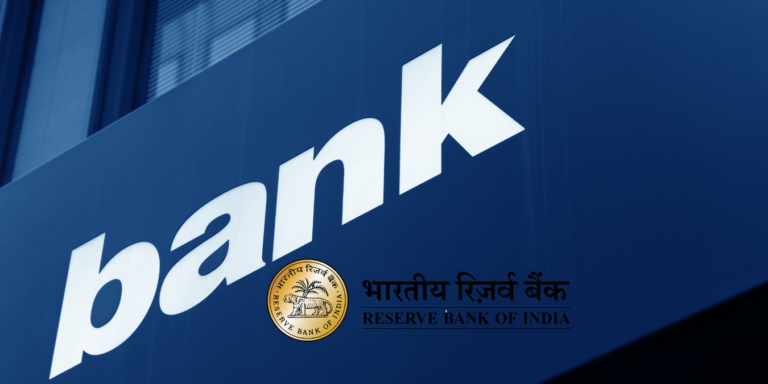
SBI’s IMPS charges hike from August 15, 2025, is shaking up digital banking! Curious how much more you’ll pay for instant transfers? Comparison with PNB and Canara Bank to uncover surprising savings. With fees rising, will UPI steal the spotlight, or is SBI still your best bet?
You are sending urgent funds to a family member, only to notice an unexpected fee nibbling away at your account balance. The culprit? A fee hike from the State Bank of India (SBI), the nation’s largest bank, is effective from August 15, 2025. This move has sparked curiosity and concern among millions of customers, leaving them wondering: Is SBI’s IMPS charges hike a standalone decision, or part of a broader banking trend? In this comprehensive, curiosity-driven guide, we’ll unravel the mystery behind the SBI IMPS charges 2025, compare them meticulously with Punjab National Bank (PNB) and Canara Bank, and arm you with the latest data to navigate these changes.
Understanding IMPS: Instant Transfers
Before we dive into the suspenseful details of SBI’s fee revisions, let’s set the stage with some context. The Immediate Payment Service (IMPS), launched in 2010 by the National Payments Corporation of India (NPCI), is a real-time, 24/7 inter-bank electronic fund transfer system. Unlike National Electronic Funds Transfer (NEFT), which processes transactions in batches, or Real-Time Gross Settlement (RTGS), which has a high minimum threshold of Rs 2 lakh, IMPS allows transfers as low as Re 1, making it ideal for urgent remittances, bill payments, and peer-to-peer transactions. In 2024, IMPS processed over 5 billion transactions, with a total value exceeding Rs 5 lakh crore monthly, cementing its role in India’s Digital India initiative and the broader digital economy.
But here’s where the intrigue begins: With Unified Payments Interface (UPI) offering free transfers up to Rs 1 lakh daily, why are banks like SBI introducing charges for IMPS? The answer lies in operational costs, infrastructure maintenance, and the need for non-interest income in an era of stable repo rates (6.5% in 2025, per RBI) and inflation hovering around 5%. Banks are recalibrating their revenue models, and IMPS fees are a key lever. This SBI IMPS hike in August 2025 isn’t just a minor tweak—it’s a reflection of shifting financial dynamics. Will it nudge users toward UPI, or will loyalty to traditional banking prevail? Let’s build anticipation by examining SBI’s revised fee structure first.
The Big Reveal: SBI’s IMPS Charges Effective August 15, 2025
As India’s largest bank, serving over 45 crore customers and commanding a 20% share of digital transactions, SBI’s announcement of revised IMPS charges effective August 15, 2025, has sent ripples through the banking community. The question on everyone’s mind: How much more will I pay for my next transfer? The changes primarily target online channels—internet banking, mobile apps like YONO, and other digital platforms—while branch-based transactions remain unchanged, offering a small reprieve for those who prefer in-person banking.
To heighten the suspense, consider this: Small-value transfers remain free, but as transaction amounts climb, so do the fees. Could this encourage micro-transactions or deter larger transfers? Below is a detailed breakdown of SBI’s revised IMPS charges for online channels, with branch charges included for context. All fees exclude 18% GST, which is added separately. Certain accounts, such as salary packages and defense personnel accounts, enjoy exemptions as per RBI guidelines.
SBI IMPS Charges 2025 – Online Channels
| Transaction Amount Slab | Previous Charges (Pre-Aug 15, 2025) | Revised Charges (From Aug 15, 2025) | GST (18%) | Total Effective Charge |
| Up to Rs 25,000 | Free | Free | N/A | Free |
| Rs 25,001 to Rs 1,00,000 | Free (in most cases) | Rs 2 | Rs 0.36 | Rs 2.36 |
| Rs 1,00,001 to Rs 2,00,000 | Free (in most cases) | Rs 6 | Rs 1.08 | Rs 7.08 |
| Rs 2,00,001 to Rs 5,00,000 | Free (in most cases) | Rs 10 | Rs 1.80 | Rs 11.80 |
| Above Rs 5,00,000 | Varies, often Rs 20 | Rs 20 (no change reported) | Rs 3.60 | Rs 23.60 |
SBI IMPS Charges 2025 – Branch Channels (No Change)
| Transaction Amount Slab | Charges | GST (18%) | Total Effective Charge |
| Up to Rs 1,000 | Rs 2 | Rs 0.36 | Rs 2.36 |
| Rs 1,001 to Rs 10,000 | Rs 3 | Rs 0.54 | Rs 3.54 |
| Rs 10,001 to Rs 1,00,000 | Rs 5 | Rs 0.90 | Rs 5.90 |
| Rs 1,00,001 to Rs 2,00,000 | Rs 15 | Rs 2.70 | Rs 17.70 |
| Rs 2,00,001 to Rs 5,00,000 | Rs 20 | Rs 3.60 | Rs 23.60 |
These revisions, as reported by sources like The Economic Times and Business Standard, aim to offset the costs of maintaining 24/7 digital infrastructure. For corporate customers, similar hikes apply from September 8, 2025, with fees ranging from Rs 5 to Rs 25 based on transaction volume. But the real question looms: Are competitors like PNB and Canara Bank following suit, or do they offer better value? Let’s heighten the suspense by comparing.
Punjab National Bank (PNB): A Steady Contender?
Punjab National Bank, India’s second-largest public sector bank with a strong foothold in northern states, has maintained a relatively stable IMPS fee structure in 2025. Unlike SBI’s recent IMPS fees comparison, SBI PNB Canara Bank hike, PNB hasn’t announced major revisions since 2022, positioning it as a potentially cost-effective alternative. But is there a hidden catch? PNB differentiates between online and branch transactions, with online transfers being cheaper to promote digital banking.
Here’s the twist: PNB keeps transfers up to Rs 1,000 free, but fees escalate for larger amounts, which could benefit small businesses using IMPS for supplier payments in rural areas. Below is the latest 2025 fee structure, based on official updates from sources like India TV News. GST at 18% applies.
PNB IMPS Charges 2025 – Online and Mobile Channels
| Transaction Amount Slab | Charges | GST (18%) | Total Effective Charge |
| Up to Rs 1,000 | Free | N/A | Free |
| Rs 1,001 to Rs 1,00,000 | Rs 5 | Rs 0.90 | Rs 5.90 |
| Rs 1,00,001 to Rs 5,00,000 | Rs 10 | Rs 1.80 | Rs 11.80 |
| Above Rs 5,00,000 | Rs 15 | Rs 2.70 | Rs 17.70 |
PNB IMPS Charges 2025 – Branch Channels
| Transaction Amount Slab | Charges | GST (18%) | Total Effective Charge |
| Up to Rs 1,000 | Free | N/A | Free |
| Rs 1,001 to Rs 1,00,000 | Rs 7 | Rs 1.26 | Rs 8.26 |
| Rs 1,00,001 to Rs 5,00,000 | Rs 12 | Rs 2.16 | Rs 14.16 |
| Above Rs 5,00,000 | Rs 20 | Rs 3.60 | Rs 23.60 |
PNB’s structure incentivizes online banking, aligning with RBI’s cashless economy push. No hikes are confirmed for 2025, but sources hint at potential reviews by Q4. Compared to SBI, PNB charges more for mid-range transfers (e.g., Rs 5 vs. SBI’s Rs 2 for Rs 25,001–Rs 1,00,000) but less for transfers above Rs 5,00,000. The plot thickens—how does Canara Bank stack up?
Canara Bank: The Budget-Friendly Challenger?
Canara Bank, with its strong presence in southern India and focus on retail banking, offers one of the most granular IMPS fee structures in 2025. With no significant hikes post-2024, it positions itself as a budget-friendly option. But here’s the suspense: Canara’s multi-tiered slab system could mean savings or surprises, depending on your transfer size. For instance, transferring Rs 9,999 incurs just Rs 3 + GST—cheaper than PNB but not SBI. Below is the 2025 fee structure, based on updates from Moneycontrol and other sources.
Canara Bank IMPS Charges 2025 – All Channels
| Transaction Amount Slab | Charges | GST (18%) | Total Effective Charge |
| Below Rs 1,000 | Free | N/A | Free |
| Rs 1,000 to Rs 9,999 | Rs 3 | Rs 0.54 | Rs 3.54 |
| Rs 10,000 to Rs 24,999 | Rs 5 | Rs 0.90 | Rs 5.90 |
| Rs 25,000 to Rs 99,999 | Rs 7 | Rs 1.26 | Rs 8.26 |
| Rs 1,00,000 to Rs 1,99,999 | Rs 15 | Rs 2.70 | Rs 17.70 |
| Above Rs 2,00,000 | Rs 20 | Rs 3.60 | Rs 23.60 |
Canara Bank unifies charges across channels, simplifying the user experience. While no widespread exemptions exist beyond RBI norms, loyalty programs like Canara Rewards may offer waivers for high-net-worth clients. Now, let’s resolve the suspense with a head-to-head comparison.
Head-to-Head Comparison: SBI vs. PNB vs. Canara Bank
To satisfy your curiosity, here’s a side-by-side comparison of online IMPS charges for 2025, highlighting which bank offers the best value for IMPS fees comparison SBI PNB Canara Bank. All fees exclude GST (add 18% for total cost).
Comparative Table: Online IMPS Charges 2025
| Slab | SBI (From Aug 15, 2025) | PNB (2025) | Canara Bank (2025) | Winner (Lowest Fee) |
| Up to Rs 1,000 | Free | Free | Free | Tie |
| Rs 1,001 - Rs 10,000 | Free | Rs 5 | Rs 3 | SBI |
| Rs 10,001 - Rs 25,000 | Free | Rs 5 | Rs 5 | SBI |
| Rs 25,001 - Rs 1,00,000 | Rs 2 | Rs 5 | Rs 7 | SBI |
| Rs 1,00,001 - Rs 2,00,000 | Rs 6 | Rs 10 | Rs 15 | SBI |
| Rs 2,00,001 - Rs 5,00,000 | Rs 10 | Rs 10 | Rs 20 | SBI/PNB |
| Above Rs 5,00,000 | Rs 20 | Rs 15 | Rs 20 | PNB |
Implications and Tips: Navigating the IMPS Fee Landscape
The SBI IMPS charges 2025 hike could add up. For an average user making 10 mid-range transfers (e.g., Rs 50,000) monthly, SBI’s fees total Rs 23.60 monthly or Rs 283.20 annually—modest but noticeable in India’s gig economy, where freelancers and small businesses rely on instant payments. With NPCI potentially capping UPI fees in 2026, IMPS could see renewed volume, prompting more banks to adjust charges. Here are actionable tips to minimize costs:
- Switch to UPI: UPI remains free for transfers up to Rs 1 lakh daily, ideal for most retail users.
- Leverage Bank Apps: SBI’s YONO and PNB’s PNB ONE often offer promo codes or waivers for frequent users.
- Opt for NEFT: For non-urgent transfers under Rs 2 lakh, NEFT is often fee-free.
- Monitor RBI Updates: Budget 2026 may introduce fee caps or new digital payment incentives.
- Check Account Types: Salary package accounts (e.g., SBI’s DSP, PMSP) and Canara Rewards may waive fees.
The Bigger Picture: Why Fees Matter in India’s Digital Economy
The SBI IMPS hike in August 2025 reflects broader trends in India’s financial sector. With over 1.4 billion digital transactions monthly (NPCI, 2024), banks are balancing cost recovery with customer retention. The rise of UPI, which handled 13 billion transactions in July 2025 alone, has reduced IMPS’s dominance, but its reliability for high-value transfers keeps it relevant. As RBI pushes for financial inclusion, fee hikes could disproportionately affect rural users who rely on IMPS due to a =lack of UPI access. Will banks like PNB and Canara follow SBI’s lead, or will they hold steady to attract cost-conscious customers? The suspense continues.
Final Thought: Stay Ahead of the Curve
SBI’s IMPS charges hike from August 15, 2025, introduces nominal fees for online transfers above Rs 25,000, yet it remains competitive against PNB and Canara Bank in most slabs. This IMPS fees comparison of SBI, PNB, and Canara Bank reveals SBI’s edge for mid-range transfers, PNB’s value for high-value ones, and Canara’s appeal for small amounts. As India’s digital banking landscape evolves, staying informed is key. Explore alternatives like UPI, monitor bank promotions, and check official sources like www.sbi.co.in for updates. Your wallet deserves it.
Disclaimer: The use of any third-party business logos in this content is for informational purposes only and does not imply endorsement or affiliation. All logos are the property of their respective owners, and their use complies with fair use guidelines. For official information, refer to the respective company’s website.

































